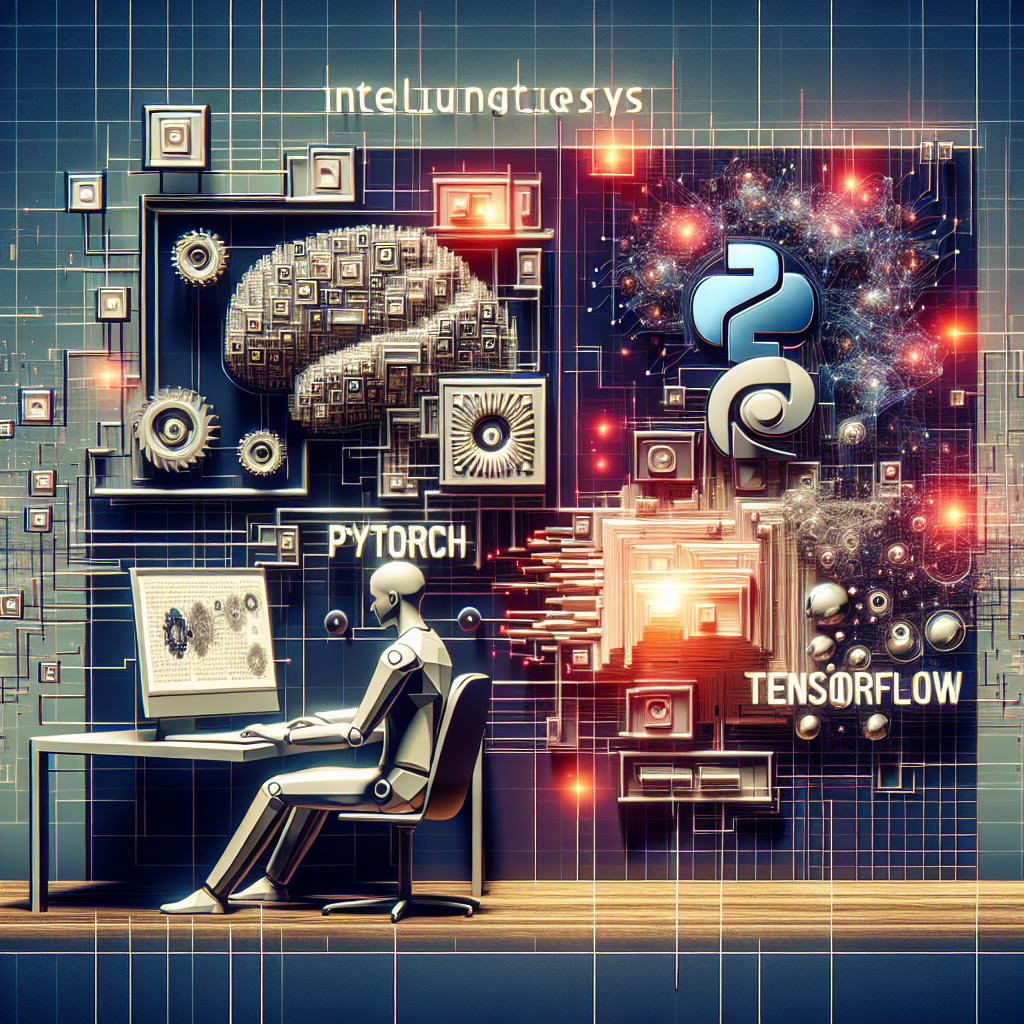Building Intelligent Systems: A Comprehensive Guide to Deep Learning with PyTorch and TensorFlow
In recent years, deep learning has emerged as a powerful tool for building intelligent systems that can perform complex tasks such as image recognition, speech recognition, natural language processing, and more. Two of the most popular deep learning frameworks used by researchers and developers are PyTorch and TensorFlow.
PyTorch, developed by Facebook’s AI Research lab, is known for its flexibility and ease of use, making it a popular choice for researchers and hobbyists alike. TensorFlow, developed by Google, is known for its scalability and performance, making it a popular choice for building production-ready systems.
In this comprehensive guide, we will explore the capabilities of PyTorch and TensorFlow and learn how to build intelligent systems using these powerful frameworks.
Getting Started with PyTorch and TensorFlow
Before we can start building intelligent systems, we need to install PyTorch and TensorFlow on our machine. Both frameworks can be easily installed using pip, the Python package manager. Once installed, we can start building neural networks and training them on our data.
Building Neural Networks
Neural networks are the building blocks of deep learning systems, and PyTorch and TensorFlow provide a wide range of tools for building and training them. We can create neural networks using high-level APIs such as Keras in TensorFlow or torch.nn in PyTorch, or we can build custom neural networks using lower-level APIs.
Training Neural Networks
Once we have built our neural network, we can train it on our data using techniques such as stochastic gradient descent and backpropagation. PyTorch and TensorFlow provide tools for monitoring the training process, such as TensorBoard in TensorFlow and Visdom in PyTorch, which allow us to visualize the training progress and make adjustments to our model.
Deploying Intelligent Systems
Once we have trained our neural network, we can deploy it to production and use it to perform tasks such as image recognition, speech recognition, or natural language processing. PyTorch and TensorFlow provide tools for deploying models to a variety of platforms, such as mobile devices, web browsers, and cloud servers.
Conclusion
Building intelligent systems using deep learning with PyTorch and TensorFlow is an exciting and rewarding journey. By harnessing the power of these frameworks, we can create intelligent systems that can perform complex tasks with ease. Whether you are a researcher, developer, or hobbyist, PyTorch and TensorFlow provide the tools you need to build intelligent systems that push the boundaries of what is possible.
#Building #Intelligent #Systems #Comprehensive #Guide #Deep #Learning #PyTorch #TensorFlow,understanding deep learning: building machine learning systems with pytorch
and tensorflow: from neural networks (cnn


Leave a Reply